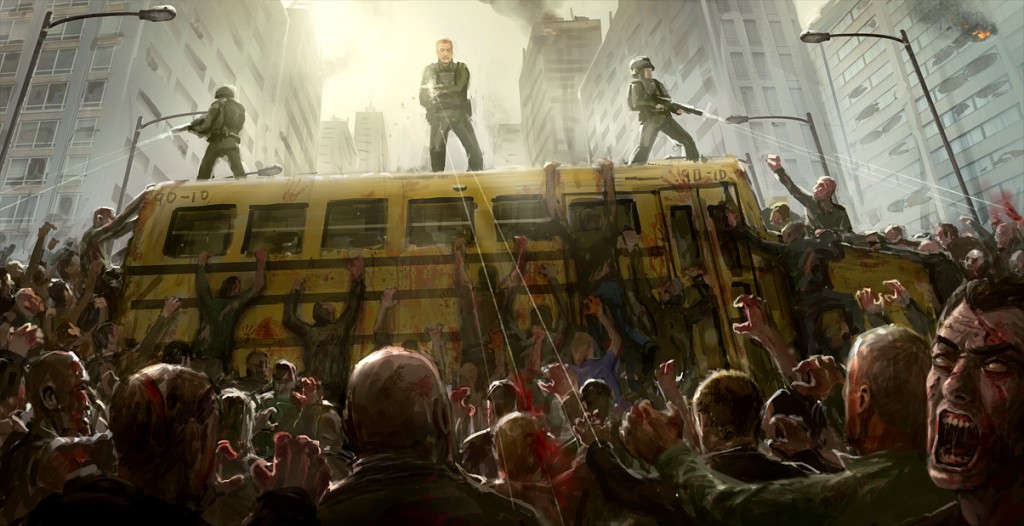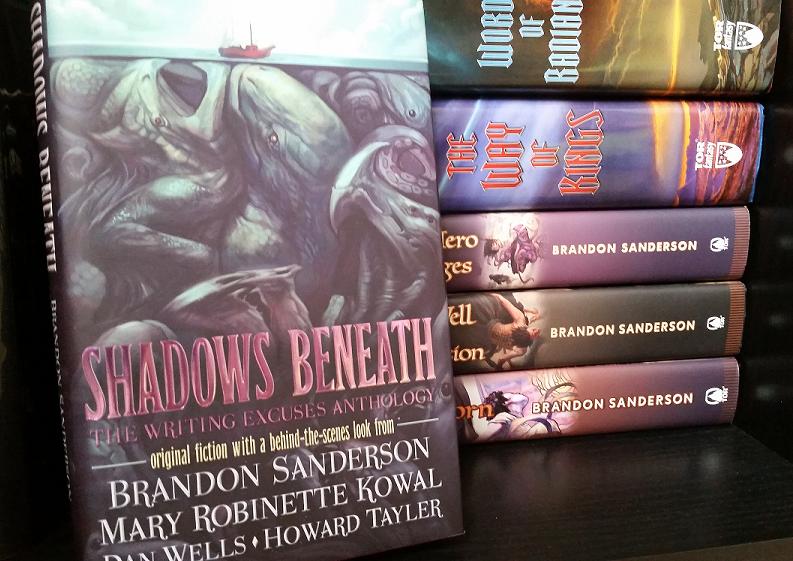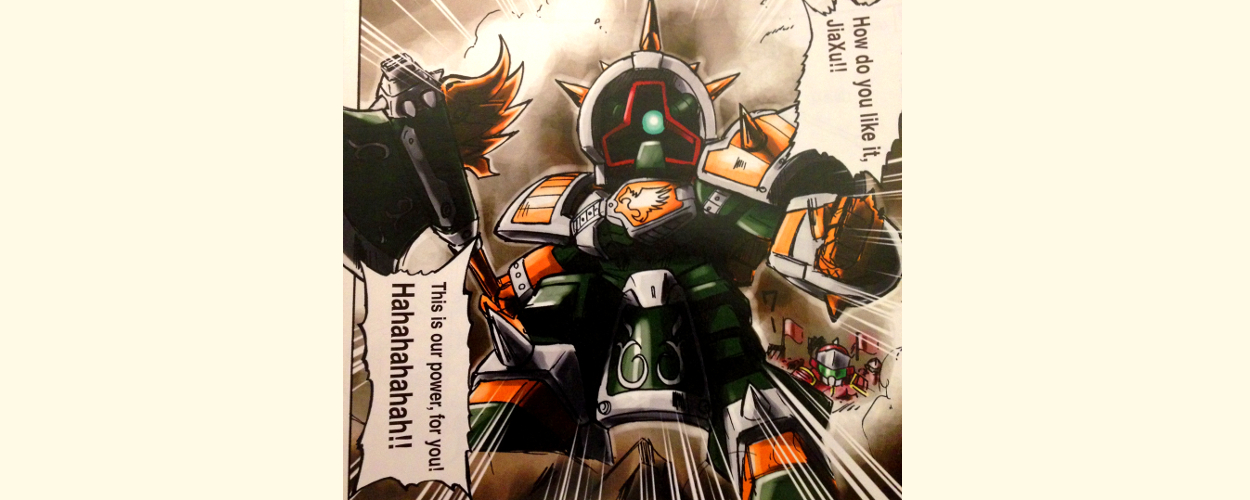Video game sequels generally aren’t big on risks. Just look at Call of Duty or Madden. By that same comparison, consider how crushingly popular those series are. Why change what works? Sequels can add minor tweaks and major features, but these games must continue to churn out more of the same to turn a successful profit. However, every once in a while, a game series will take a leap of faith with its sequel, and the impact is heard the world over.
Some of gaming’s most popular series have switched up aspects of their core gameplay, the very things that made them great in the first place, and exceeded all expectations. The risks were great, but in taking a chance to innovate and evolve for their sequels, the versions of these games became some of the most defining titles in gaming and pop culture.
To Realms Unreal
The ’90s were a battlefield for first person shooters. FPSes competed with each other for the most cutting-edge graphics, the bloodiest gameplay, or the most original sci-fi story. The first Unreal game, which came on the scene in 1998, was praised more for its graphical achievements than its story-driven gunplay. Overshadowed narratively by Half-Life and outgunned by Quake II, Unreal‘s next installment had to make some major changes if it was going to earn a spot on the leaderboards.
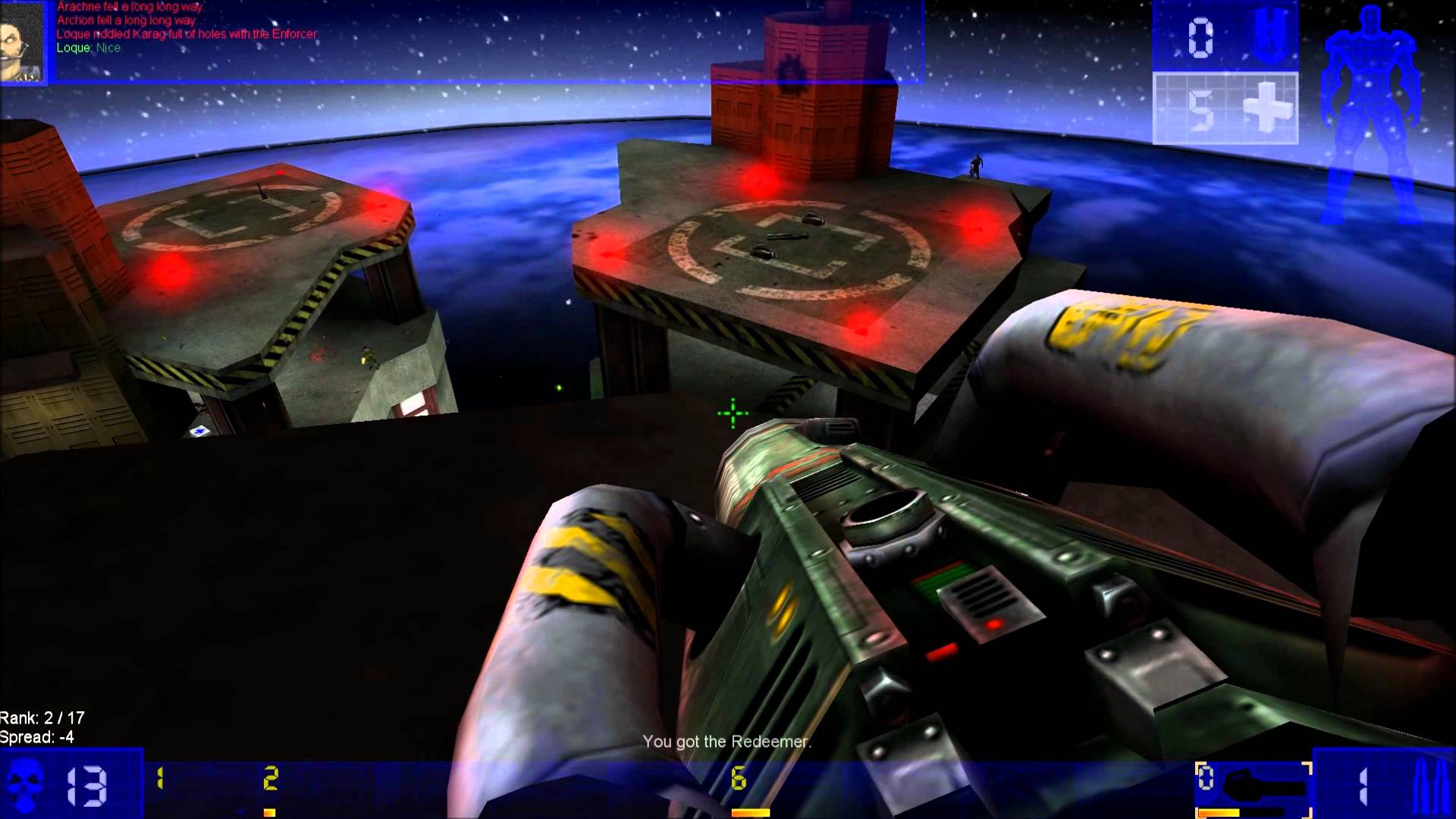
Enter Unreal Tournament. The first Unreal had multiplayer, sure, but UT99 (as it came to be called) scrapped its predecessor’s story-driven single-player campaign in favor of razor-focused multiplayer modes that were just as much fun with bots as it was with human beings. Designed to provide a unique variety of team-based gameplay experiences, as well as featuring some of the most ruthless AI of its time, UT99 snatched up Game of the Year awards and player recognition from all over. The minimal story bits that managed to make it into this revitalized Unreal were loaded into bot biographies that you could gloss over without any impact on the furious gameplay. And why wouldn’t you? When there were headshots to line up and flags to cap, learning what mining colony your AI-controlled teammate came from seemed utterly insignificant.
UT99 made an explosive impact on the FPS scene. Even though it was still a shooter, it’s risky genre shift raised the stakes and demanded the series to be considered a serious competitor – or be fragged in the process. While the Unreal franchise as a whole never became as popular as other shooters in its time (it’s never reached the level of notoriety to deserve its own con), it was, for a time at least, dominating in its field.
A Massive Change of Pace
Another series that re-tuned its focus for its sequel is Mass Effect. ME1‘s core gameplay combined the skill progression and item optimization of RPGs with third person running and gunning. You specialized your character using stat points to unlock different weapon proficiencies and abilities, and outfitted your arsenal with a slew of upgrades. This more deliberate RPG style seemed to fit the sweeping, epic scope of ME1‘s story, but for its sequel, which featured a more urgent and objective-based storyline, it shed many of its traditional roleplaying elements to let the action shine.
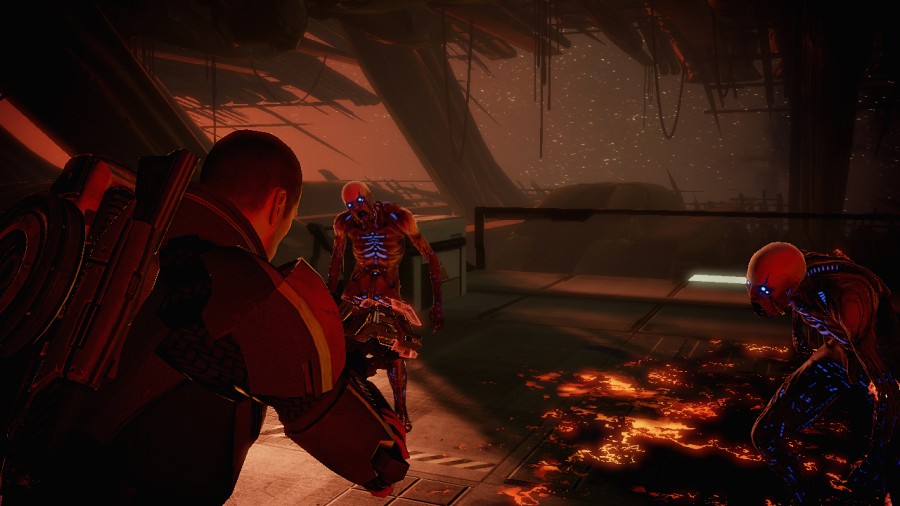
In Mass Effect 2, players still got the epic narrative, moral decisions, and romance options of the previous game but were rewarded with tighter gunplay and streamlined character customization. A greater focus on shooter elements such as more immediate over-the-shoulder aiming, limited ammo, and a cover system all contributed to faster moment-to-moment experience. Upgrades and weapon specializations were handled more elegantly in ME2 as well, as character classes determined your optimal weapon and ability loadout.
Some claim ME2 is a “dumbed down” successor to a truly great RPG, but I assert it merely favored the stronger half of its hybrid identity. ME2 lets you spend more time doing action game-y things like shooting and less time looking at stat menus. For a series that was really going for the popcorn space opera flick, ratcheting up the gameplay without sacrificing any of its memorable storytelling was an essential move that established Mass Effect among the RPG elite.
The Pokémon Fad Goes Physical
Sometimes a franchise will change mediums entirely. Pokémon did so in the move from digital monsters… I mean, virtual pocket monsters to cardboard ones with the Pokemon TCG. Riding the Pokémon brand’s tsunami wave of popularity in the mid-’90s, the TCG provided for kids a physical counterpart to the Game Boy games and anime TV show. Kids got to collect tangible forms of their favorite ‘mons, and gave the franchise another effective money-printing engine.
All fad craziness aside, the Pokémon TCG put on its big boy pants by seeing tournament play and even rivaling other big TCG franchises. And whaddya know? It’s still popular to this day and has a regular tournament circuit, along with new sets that coincide with game releases. Realistically, it could have bombed completely, but a solid brand that fits right in with a collecting metagame made it a natural slam dunk. The Pokémon TCG enhanced what was already working in its core game and provided a different medium to play it in.
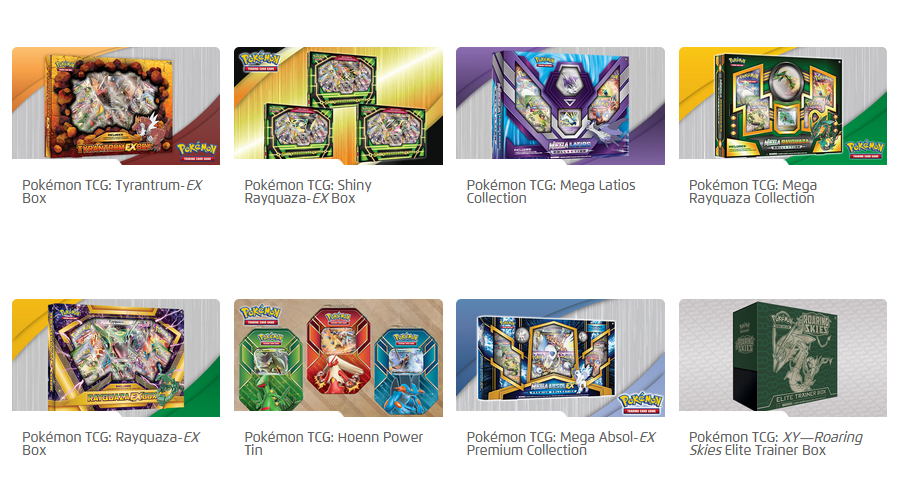
So maybe the Pokémon TCG isn’t considered a true sequel. But it’s a significant enough “next thing” that deserves mention. (Think about it: if this piece of trash can be called a sequel, surely something that actually works can get a free pass.)






